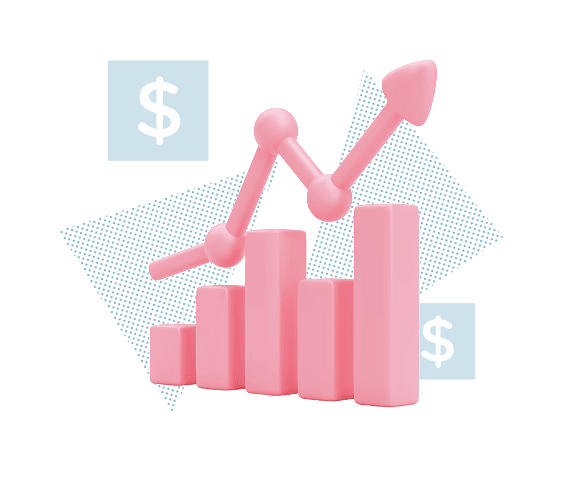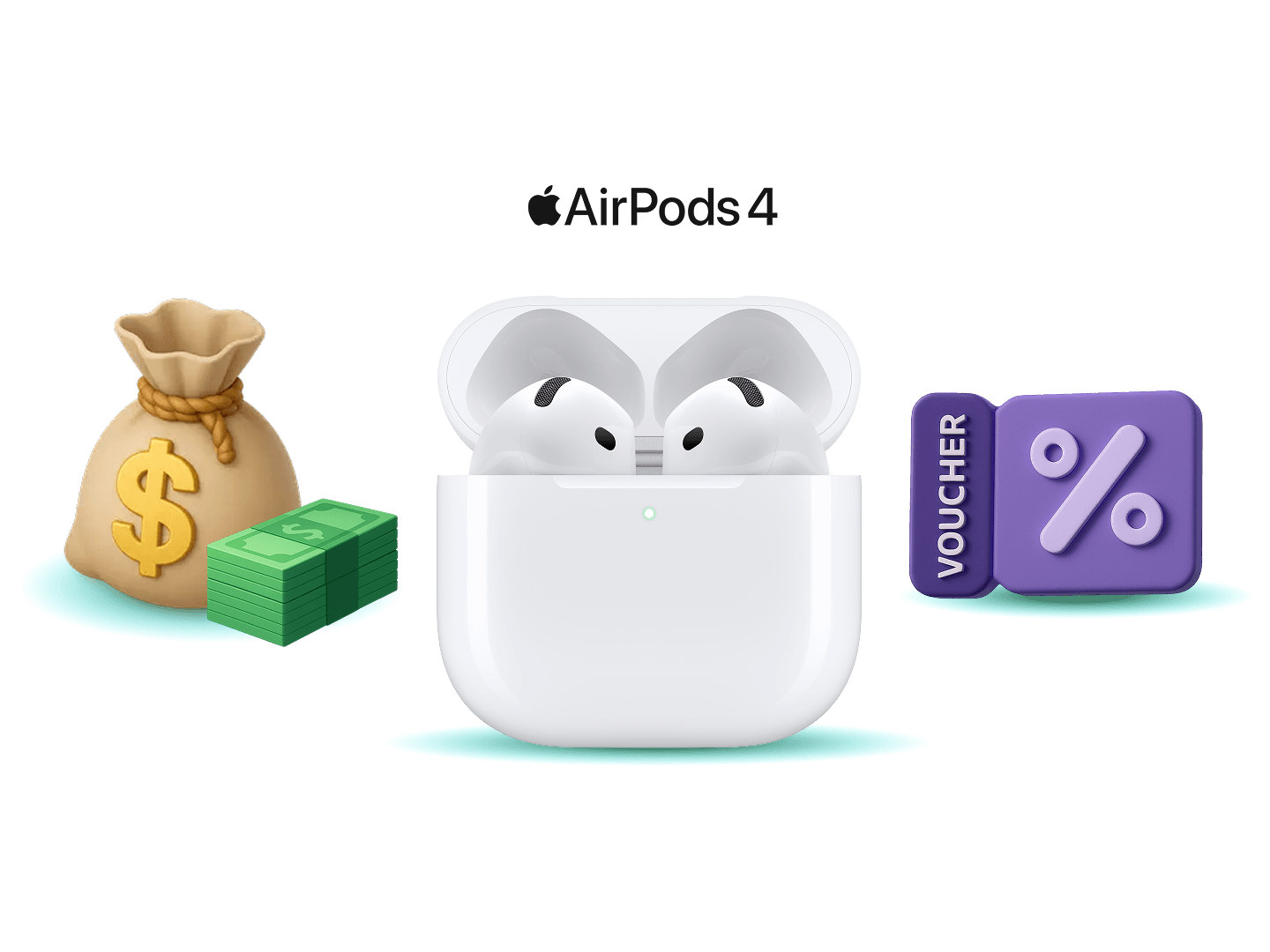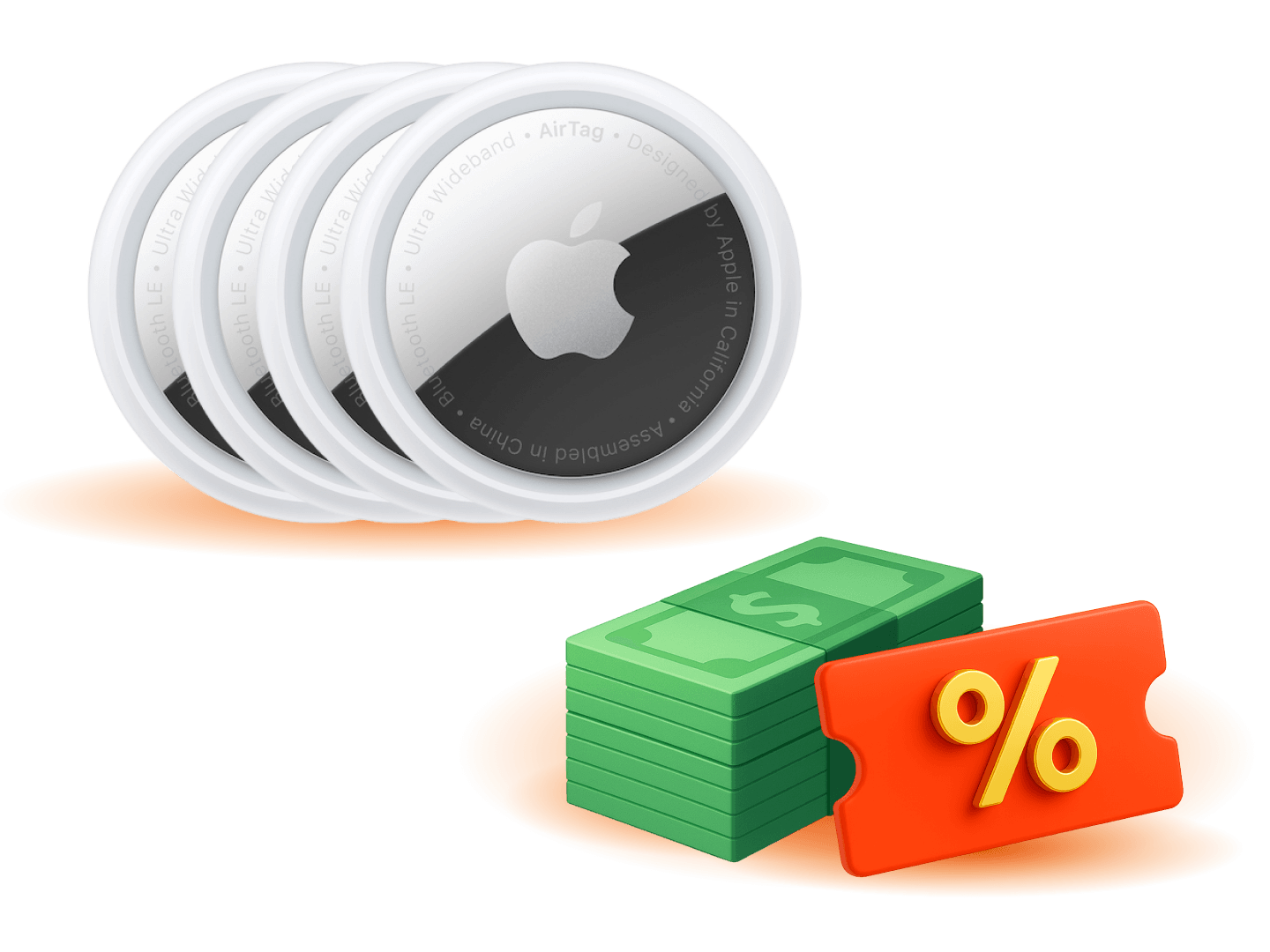Top Highest-Yield Monthly Dividend Stocks in Singapore 2025
Updated: 22 Sept 2025
Written bySingSaver Team
Team

The information on this page is for educational and informational purposes only and should not be considered financial or investment advice. While we review and compare financial products to help you find the best options, we do not provide personalised recommendations or investment advisory services. Always do your own research or consult a licensed financial professional before making any financial decisions.
Looking to build a steady stream of passive income? Here are the top monthly dividend stocks in Singapore for 2025 that could help make that happen.
What are monthly dividend stocks?
Monthly dividend stocks are equities or funds that pay shareholders a dividend every month — 12 times a year — rather than the usual quarterly or semi-annual schedule. These stocks are particularly attractive for income-seeking investors who want consistent cash flow, whether for retirement, reinvestment, or everyday expenses.
While rare in Singapore’s market, several Singapore-listed REITs and trusts, as well as international stocks available through local brokerages, offer monthly dividend payouts.
» MORE: What is dividend investing, and how does dividend investing work?
Pros and cons of dividend stocks
Before jumping in, it’s important to understand the benefits and trade-offs of dividend investing.
Pros
Regular income, especially with monthly dividend stocks
Potential for compounding via dividend reinvestment
Often more stable companies with reliable cash flow
Lower volatility compared to growth stocks
Cons
Dividend income is taxable in some jurisdictions (though not in Singapore)
High dividend yields can sometimes signal financial distress
Dividend stocks may underperform growth stocks in bull markets
Payouts are not guaranteed and can be reduced or cut
Top high-yield monthly dividend stocks
Here are some of the top monthly dividend stocks Singapore investors can access. These are either listed locally or available to trade via SG brokerages with access to international markets.
*Dividend yields and stock data mentioned in this article are accurate as of the time of writing but are subject to change. Stock prices and dividend yields fluctuate minute-by-minute based on market conditions. Readers are strongly advised to verify the latest figures through reputable financial institutions or brokerage platforms before making any investment decisions.
|
Company Name |
Symbol |
Dividend Yield (Annualised) |
|
CapitaLand Ascendas REIT |
A17U.SI |
9.32% |
|
Parkway Life REIT |
C2PU.SI |
3.70% |
|
Frasers Centrepoint Trust |
J69U.SI |
5.5%-5.6% |
|
Prime US REIT |
OXMU |
1.71% |
|
Keppel DC REIT |
AJBU.SI |
3.76% |
Best Online Brokerages Singapore 2025
Compare fees, features, and platforms to choose the right brokerage for your investing style.
CapitaLand Ascendas REIT (A17U.SI)
Singapore’s largest business space and industrial REIT, with a diversified portfolio across business parks, logistics and data centres. Revenue has remained resilient, supported by strong occupancy rates. Its forward dividend yield is reported as 5.15%-9.56%, with recent dividend payments showing some fluctuation. Market outlook is favourable, especially with demand for logistics and data space continuing to rise.
Parkway Life REIT (C2PU.SI)
This REIT owns healthcare-related assets including hospitals and nursing homes. Revenue has been stable with long master lease agreements in place, and it is forecast to grow earnings and revenue by 9.2% and 4.9% per annum, respectively. As one of the most stable REITs in the region, it benefits from Singapore’s ageing population and long-term healthcare trends.
Frasers Centrepoint Trust (J69U.SI)
Focused on suburban retail malls in Singapore, FCT enjoys high footfall and recurring rental income. Operating profits have recovered post-COVID. With an approximate 5.5%-5.6% yield, it’s a steady monthly income play, especially as consumer spending normalises.
Prime US REIT (OXMU)
Prime US REIT owns a portfolio of US office and industrial properties leased on long-term triple-net leases to investment-grade tenants. The trust offers a compelling annualised yield, paid monthly, thanks to discounted unit prices and a focus on sustainable distribution. Prime is well-positioned to benefit. With a portfolio of high-quality leases and monthly income payments, it offers an attractive option for income-focused investors.
Keppel DC REIT (AJBU.SI)
A specialist REIT with investments in data centres globally. Revenue has grown steadily with digital transformation trends, with FY 2024 results showing a 10% increase in revenue year-on-year. The yield is supported by strong margins and long-term leases. A tech-forward REIT with long-term growth potential.
Dividend stocks vs dividend funds
Not sure whether to go with individual stocks or dividend-focused funds? Here's a side-by-side comparison.
|
|
Dividend Stocks |
Dividend Funds (ETFs/Unit Trusts) |
|
Income Frequency |
Monthly, quarterly |
Monthly or quarterly |
|
Diversification |
Low to moderate |
High |
|
Research Required |
High |
Low |
|
Fees |
Low (brokerage only) |
Fund management fees apply |
|
Risk Level |
Stock-specific risks |
Spread across multiple holdings |
|
Suitable For |
Experienced investors |
Beginners or passive investors |
How to buy dividend stocks in Singapore
Individual dividend stocks
To buy individual dividend stocks, you’ll need a brokerage account with access to the Singapore Exchange (SGX) or international markets.
-
Step 1: Open a brokerage account
Choose a MAS-regulated platform like Webull, Moomoo, or DBS Vickers. Ensure your selected broker supports access to SGX and/or US/Canada exchanges.
Webull Singapore
- One-stop investment hub for US, SG, HK, and China-A markets
- Diverse tradable products: Stocks, ETFs, Options, Mutual Funds, Bonds, REITs, Futures & more
- Transparent, competitive pricing: 0 platform fees on US/HK/China-A trades, min. USD0.50 for US Stocks, USD0.55/contract for US Options, and 0 commission* on SG Stocks & REITs.
- Clean and intuitive platform that lets you act on opportunities instantly
- Smart tools and clear signals with insights that count
- 24-hour US trading to seize opportunities anytime
- Fractional shares trading available from as low as USD1
- Earn up to 4.18%^ 7-Day USD yield (p.a.) on your idle cash with Moneybull
- Dynamic and Fixed Regular Savings Plan (RSP) for recurring US stock, ETF, and mutual fund investing
- 24/5 live customer service on trading days (Instant message, email, and hotline)
- Fast account opening, deposits and withdrawals.
- Tap into the Global Webull community with 50+ million downloads in 14 operating markets
- A leading Nasdaq-listed broker, Licensed and Regulated by MAS.
In providing the above information, SingSaver is carrying out introducing activities on behalf of financial advisers. SingSaver is not to be construed as in any way engaging or being involved in the distribution or sale of any financial product or assuming any risk or undertaking any liability in respect of any financial product. Neither singsaver.com.sg or the content on it is intended as securities brokerage or investment advice, as an offer or solicitation of an offer to sell or buy, or as an endorsement, recommendation or sponsorship of any company, security or fund. The content on singsaver.com.sg is for general information purposes only and does not review or include all available companies, products or offers. SingSaver may receive compensation from the brands providing the offers or services appearing on this website. This advertisement has not been reviewed by the Monetary Authority of Singapore.
SingSaver’s Take
Webull is a popular choice among tech-savvy investors who want low-cost access to US markets. With commission-free trading on US stocks — including monthly dividend favourites like Realty Income (O), STAG Industrial (STAG), and Pembina Pipeline (PBA) — Webull makes it easy to build an income-generating portfolio from Singapore. The mobile-first platform also offers advanced charts and real-time data, making it appealing for both beginners and more experienced traders.
Pros and Cons
Pros
Commission-free trading on US stocks and ETFs
Easy access to high-yield monthly dividend stocks mentioned in the article
Intuitive app with customisable charts and tools
No minimum deposit required
Cons
Limited access to SGX-listed stocks (not ideal if you want Singapore dividend REITs)
No access to the Lion-Phillip S-REIT ETF or other local ETFs
Customer support and funding methods may feel less localised for Singapore users
SingSaver x Webull Exclusive Offer
Open a Webull account and fund a minimum of SGD3,000 to receive S$120 Cash. Fund SGD10,000 to get S$250 cash, or a S$50 eCapitaVoucher + AirPods 4 or a Stryv AirFlex 2.0. Or, top up as low as S$50 to get a Dyson Purifier Cool™ TP10. Valid till 12 January 2026. T&Cs apply.
moomoo SG
- All-in-one investment platform
- 0 commission, 0 platform fee for forex trading
- Segregated client accounts--this ensures your money stays protected no matter what happens to the company
- Fast and stable trading environment
- Tight, ultra-thin spread
- Dedicated customer service
- Regulated by MAS
- Read our full review of moomoo
- Platform fees apply for every trade
In providing the above information, SingSaver is carrying out introducing activities on behalf of financial advisers. SingSaver is not to be construed as in any way engaging or being involved in the distribution or sale of any financial product or assuming any risk or undertaking any liability in respect of any financial product. Neither singsaver.com.sg or the content on it is intended as securities brokerage or investment advice, as an offer or solicitation of an offer to sell or buy, or as an endorsement, recommendation or sponsorship of any company, security or fund. The content on singsaver.com.sg is for general information purposes only and does not review or include all available companies, products or offers. SingSaver may receive compensation from the brands providing the offers or services appearing on this website. This advertisement has not been reviewed by the Monetary Authority of Singapore.
SingSaver’s Take
Moomoo is a versatile trading platform that offers broad market access, covering SGX, US, Hong Kong, and more, making it an excellent choice for investors seeking both Singapore monthly dividend stocks like Parkway Life REIT and international names such as Realty Income (O) or Manulife US REIT (BTOU). Its user-friendly app includes real-time quotes, advanced charting, research tools, and screener filters geared for dividend seekers.
Pros and Cons
Pros
Access to SGX, US, HK markets under one account—ideal for building a mixed dividend portfolio
Commission-free trades (US/HK markets) and competitive SGX fees
In-app screening tools to filter for monthly dividend yields, payout history, and more
Real-time Level 2 data and customisable charting are ideal for research
Cons
Forex mark-ups apply when funding for US/HK trades (via SGD conversion)
Limited access to some local ETFs like Lion-Phillip S‑REIT
Occasional delays in market data for SGX during peak hours
SingSaver x moomoo Exclusive Offer
Open a Moomoo account and fund a minimum of S$2,000 to get S$120 Cash, S$150 Grab Voucher, or an Apple AirPods 4. Plus, receive up to S$800 Welcome Rewards fulfilled by Moomoo. Valid till 12 January 2026. T&Cs apply.
-
Step 2: Fund your account
Transfer SGD or foreign currency to your brokerage account via FAST, PayNow or bank transfer.
-
Step 3: Research and select your stock
Use tools like SGX Stock Screener or Yahoo Finance to compare dividend yield, earnings history, and payout frequency.
-
Step 4: Place your order
Search the stock symbol, select quantity, and choose your order type (market or limit order). Confirm the trade.
-
Step 5: Monitor your dividends
Track payout dates and reinvest if desired. Many brokerages offer dividend reinvestment programmes (DRIPs).
» MORE: How to buy, trade and invest in stocks in Singapore
Dividend ETFs
Dividend ETFs pool investor capital to invest in a diversified portfolio of dividend-paying stocks. A significant advantage of many dividend ETFs is their commitment to monthly payouts, providing investors with a predictable and consistent income stream.
Beyond the appeal of frequent distributions, dividend ETFs offer a crucial benefit: broader diversification. Instead of investing in individual dividend stocks, which inherently carry company-specific risks, an ETF provides exposure to a diversified portfolio of companies across various sectors and industries. This makes dividend ETFs a more robust and potentially less volatile option for investors.
» MORE: What are ETFs?
-
Step 1: Choose your ETF
When selecting a dividend ETF, take time to understand what’s inside the fund. The right choice depends on your income goals, risk tolerance, and whether you want global exposure or a focus on specific markets.
As you evaluate your options, check the fund’s:
-
-
Dividend yield and payout frequency (monthly or quarterly)
-
Geographic and sector diversification
-
Expense ratio, which affects your returns over time
-
Track record of dividend growth or consistency
-
-
Step 2: Open a brokerage account
Opt for MAS-regulated platforms such as Tiger Brokers, Moomoo, or DBS Vickers. Confirm that your chosen broker offers access to SGX and/or US/Canada exchanges.
Tiger Brokers
- Commission-free trades on US, HK, SG and China A stocks
- US Fractional Shares available
- Supports auto-invest in US stocks and ETF
- In-app community of millions of global investors
- Real-time market data and detailed analysis to make informed decisions
- Instant account opening as well as 24/7 support
- Licensed by Monetary Authority of Singapore (MAS)
- Read our full review of Tiger Brokers
- Platform fees apply for every trade
- Min. fee amount also applies for equities trades made on SEHK and HKEx
In providing the above information, SingSaver is carrying out introducing activities on behalf of financial advisers. SingSaver is not to be construed as in any way engaging or being involved in the distribution or sale of any financial product or assuming any risk or undertaking any liability in respect of any financial product. Neither singsaver.com.sg or the content on it is intended as securities brokerage or investment advice, as an offer or solicitation of an offer to sell or buy, or as an endorsement, recommendation or sponsorship of any company, security or fund. The content on singsaver.com.sg is for general information purposes only and does not review or include all available companies, products or offers. SingSaver may receive compensation from the brands providing the offers or services appearing on this website. This advertisement has not been reviewed by the Monetary Authority of Singapore.
SingSaver’s Take
Tiger Brokers is a solid choice for investors seeking affordable access to multiple markets, including SGX, US, Hong Kong, and even Australia. It's well-suited to those building a diversified dividend portfolio, allowing investment in top monthly dividend picks like CapitaLand Ascendas REIT (A17U.SI), Frasers Centrepoint Trust (J69U.SI), Realty Income (O.US), and Pembina Pipeline (PBA.CA), all under one roof. The platform blends straightforward pricing, smart tools, and global reach.
Pros and Cons
Pros
Affordable trading fees across SGX, US, HK, and AU markets
Access to both local and international dividend stocks in one account
Handy research features: analyst ratings, dividend calendars, and earnings alerts
Easy funding and withdrawing via SGD, USD, HKD
Cons
Forex conversion fee applied when trading foreign stocks
SGX data and market depth access may require subscription
Less intuitive interface compared to Moomoo; new users may face a bit of a learning curve
SingSaver x Tiger Brokers Exclusive Offer
Open a Tiger Brokers account and fund a minimum amount of USD 1,000 within the promotional period to receive a S$100 Cash, a S$120 eCapitaVoucher, or an Apple AirTag (4 pack). Offer is stackable with Tiger Brokers' welcome offer. Valid till 1 February 2026. T&Cs apply.
-
Step 3: Execute your trade
Search the ETF symbol, enter quantity, place the order and review confirmation.
-
Step 4: Track and reinvest
Monitor distributions and choose whether to receive cash or reinvest them automatically.
Recommended dividend stocks
If you're confident picking individual stocks, monthly dividend-paying REITs in Singapore offer a more hands-on approach to building a recurring income stream.
Here are two monthly dividend stocks that stand out in 2025:
-
Frasers Centrepoint Trust (J69U.SI): Frasers Centrepoint Trust owns a portfolio of well-known suburban malls in Singapore, such as Causeway Point and Northpoint City. These properties enjoy high foot traffic and resilient rental income, even during economic downturns.
-
Keppel DC REIT (AJBU.SI): Keppel DC REIT focuses on data centre properties across Asia-Pacific and Europe. It benefits from structural growth in digital infrastructure, with long lease agreements and strong tenant profiles.
Recommended dividend ETFs
Dividend exchange-traded funds (ETFs) offer a straightforward, diversified way to access monthly income without the need for in-depth stock selection. These funds often focus on REITs or dividend-focused equities, offering a more balanced risk profile.
-
SPDR S&P Global Dividend ETF (WDIV): A homegrown ETF providing targeted exposure to high-yielding Singapore REITs. It tracks the Morningstar® Singapore REIT Yield Focus Index, selecting REITs based on liquidity and yield stability.
-
iShares Select Dividend ETF (DVY): This globally diversified ETF includes companies with a history of consistent dividend growth, offering exposure across developed and emerging markets.
Discover the Best CFD Brokers in Singapore
Check through fees, leverage, platforms and exclusive offers to find the CFD broker that fits your trading style and risk appetite.
Frequently asked questions about top monthly dividend stocks in Singapore
Very few. Most Singapore-listed stocks pay quarterly or semi-annually. However, certain REITs like Manulife US REIT provide monthly payouts.
It depends. Monthly dividends offer smoother cash flow but don’t necessarily indicate higher overall returns.
Singapore does not tax dividends from locally-listed stocks. Foreign-sourced dividends may be taxed depending on the jurisdiction.
High yields can be attractive but may also signal financial trouble. Always review the company’s earnings, cash flow, and dividend sustainability.
Yes, many brokerages offer dividend reinvestment plans (DRIPs), especially for SGX-listed stocks.
About the author
SingSaver Team
At SingSaver, we make personal finance accessible with easy to understand personal finance reads, tools and money hacks that simplify all of life’s financial decisions for you.






